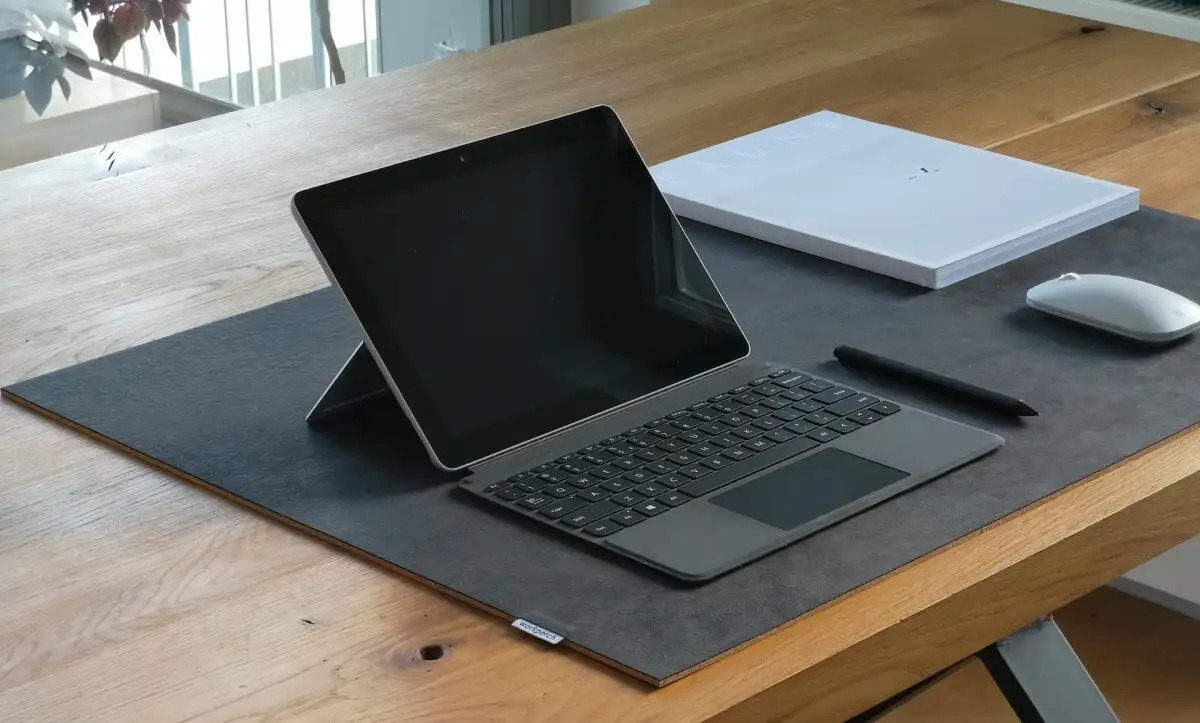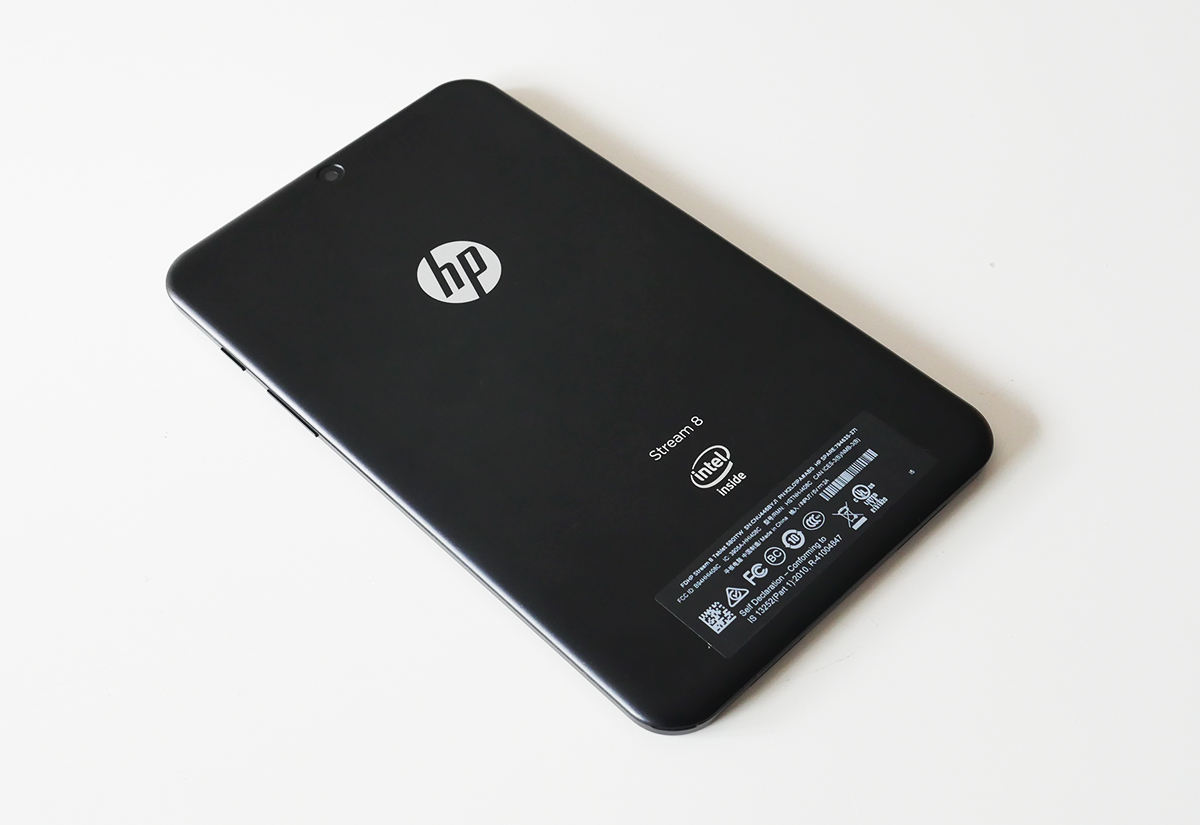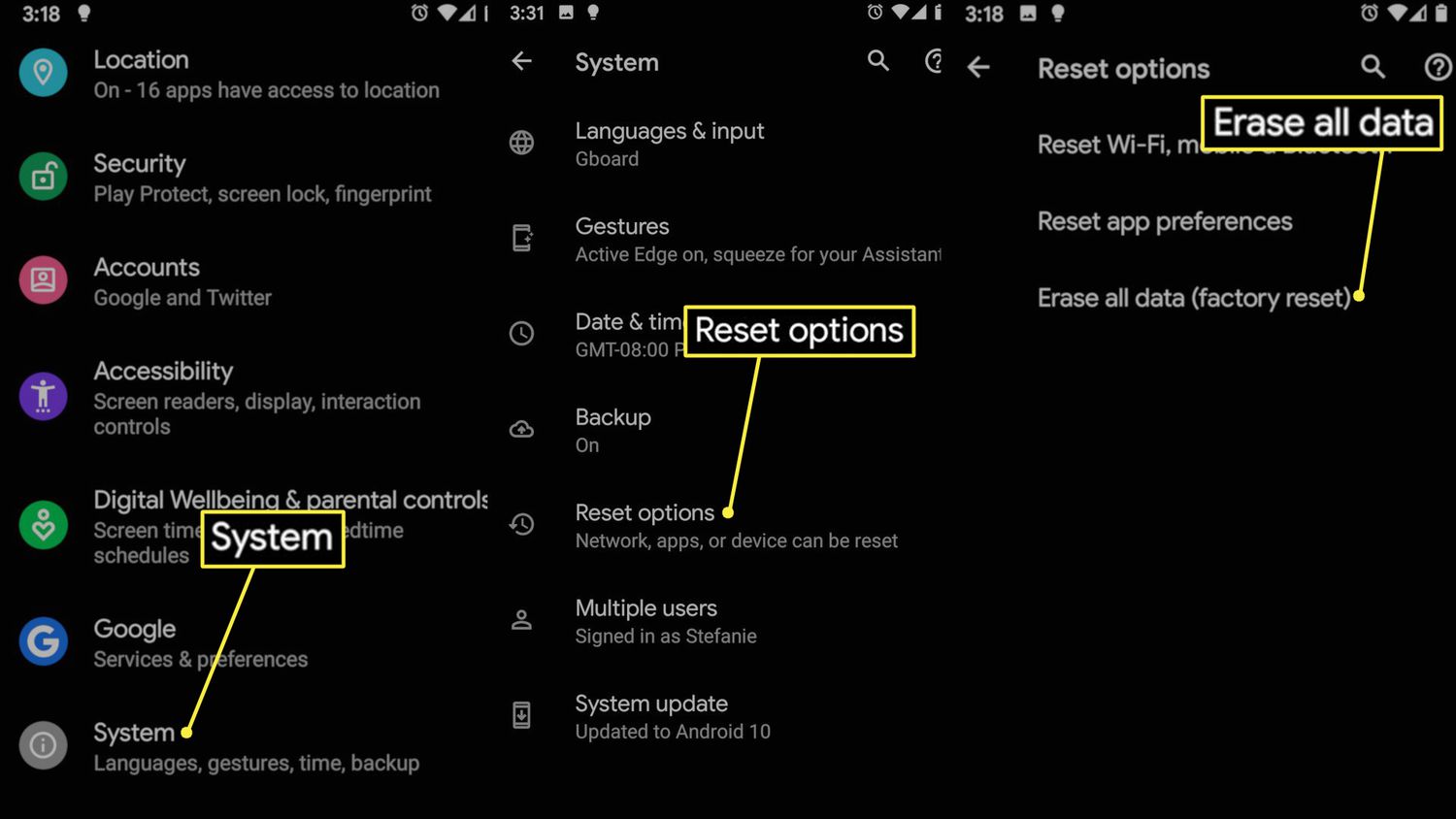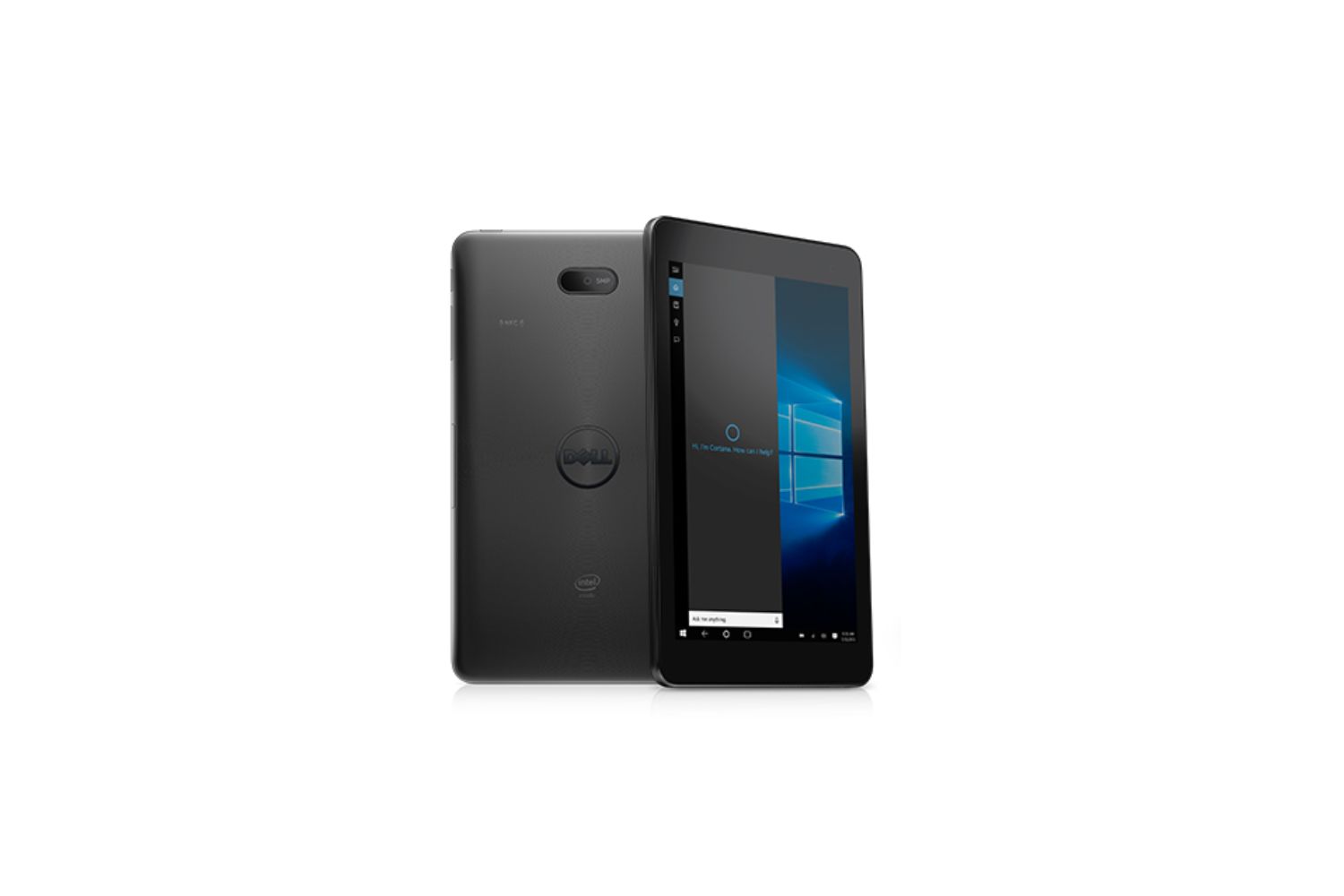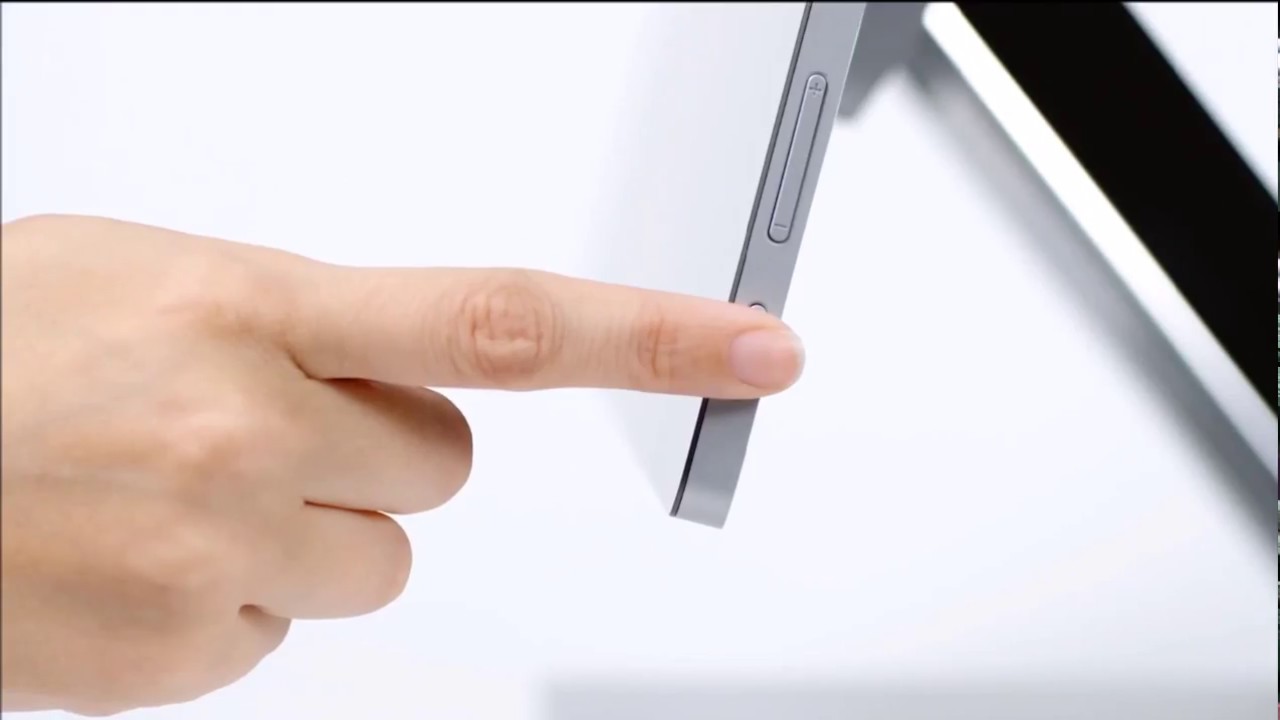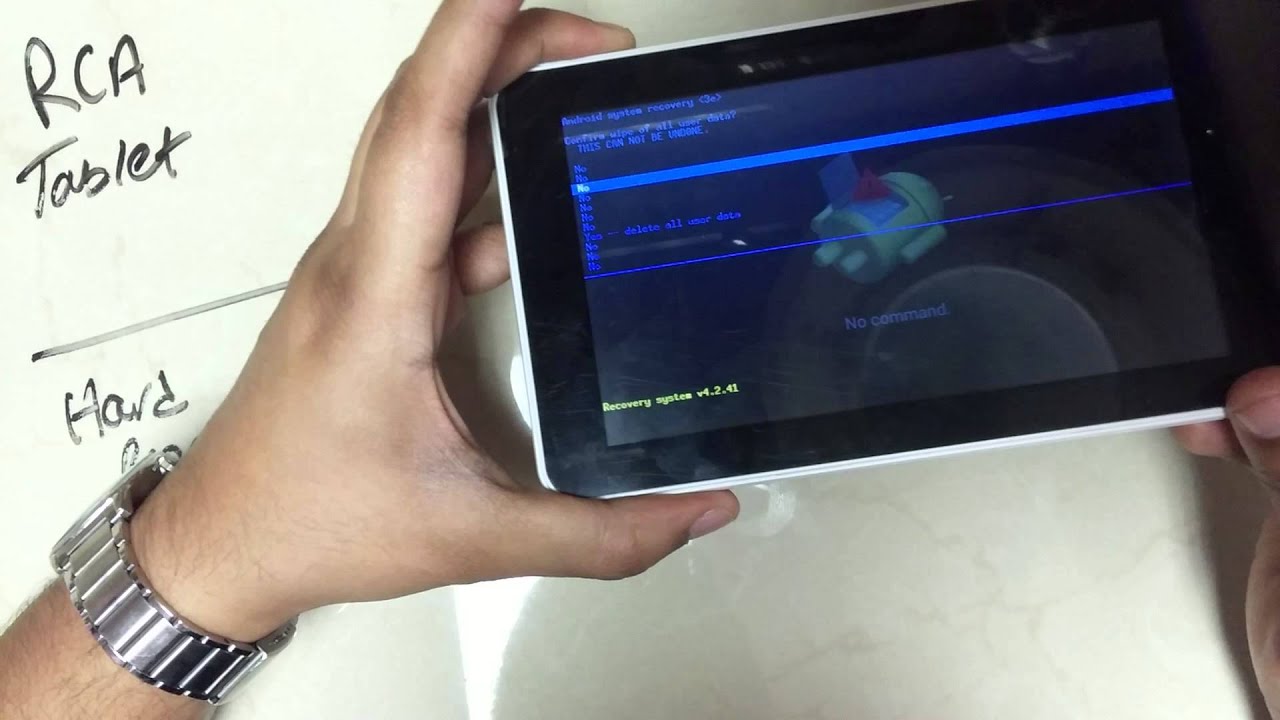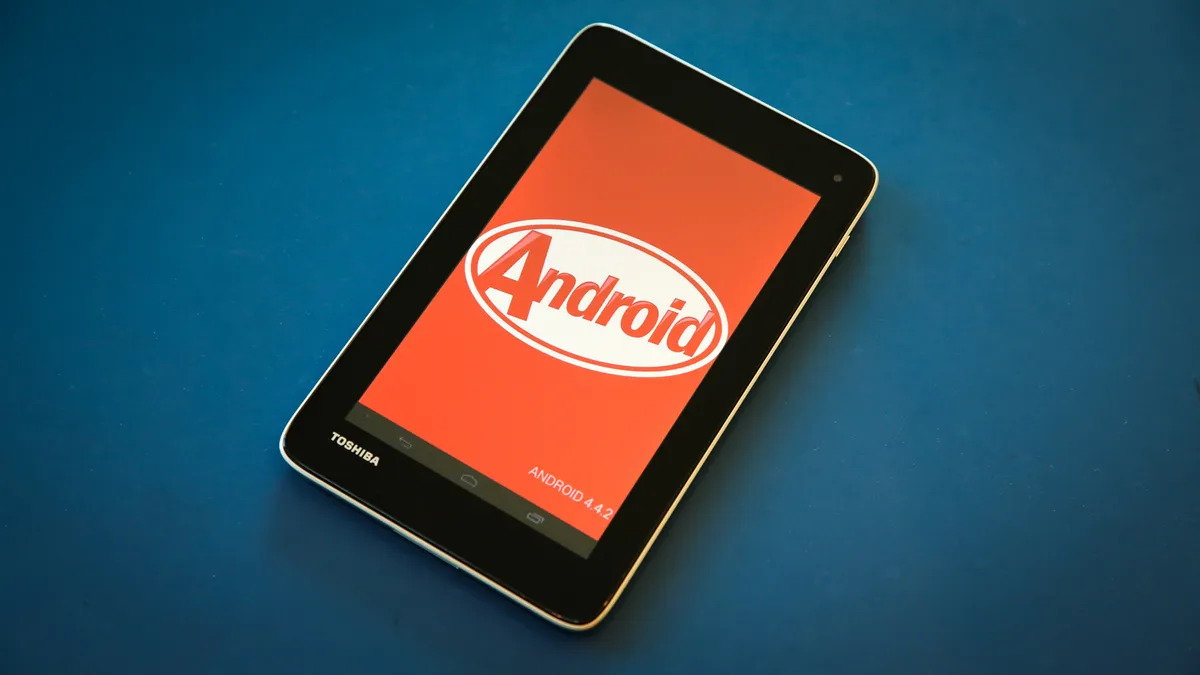Introduction
A Windows tablet is a versatile device that combines the functionality of a computer with the portability of a tablet. It allows you to work, browse the internet, stream videos, and play games on the go. However, there may come a time when your Windows tablet encounters issues such as freezing, unresponsiveness, or software glitches that can hamper your user experience. In such cases, performing a hard reset is often the most effective solution to resolve these problems.
A hard reset, also known as a factory reset, is a process that restores your Windows tablet to its original state, erasing all data and settings. It can be likened to starting with a clean slate, eliminating any lingering software issues and returning the tablet to its default state. By performing a hard reset, you can resolve various software-related issues and regain the optimal performance of your Windows tablet.
There are different methods available to perform a hard reset on your Windows tablet, depending on the model and brand of your device. In this article, we will explore some common methods that can be used to perform a hard reset on your Windows tablet, including using the Settings menu, the physical buttons, a keyboard shortcut, or a recovery drive. We will also provide troubleshooting tips for common issues that may arise during the hard reset process.
It is important to note that performing a hard reset will erase all personal data and settings on your Windows tablet. Therefore, it is crucial to back up any important files or data before proceeding with the hard reset. Additionally, if your tablet is experiencing hardware issues, a hard reset may not be effective, and it is recommended to seek professional assistance.
What is a hard reset?
A hard reset, also known as a factory reset, is a process that restores a device to its original factory settings. In the context of a Windows tablet, it involves returning the tablet to its default state, erasing all data and settings. Essentially, it is like starting with a fresh device, removing any customizations or alterations that have been made since its initial setup.
When a Windows tablet encounters software issues such as freezing, crashes, or unresponsiveness, performing a hard reset can often resolve these problems. It is a troubleshooting method that helps to eliminate any software glitches or conflicts that may be causing the issues.
During a hard reset, all user-installed applications, settings, and personal data are erased from the tablet’s internal storage. This includes installed applications, downloaded files, custom settings, Wi-Fi networks, and any other configurations made on the device. Therefore, it is critical to back up any important data before proceeding with a hard reset.
It is worth noting that a hard reset is different from a soft reset. A soft reset involves restarting the device without erasing any data or settings. It is usually performed when the tablet becomes unresponsive or experiences minor software issues. On the other hand, a hard reset is a more comprehensive reset that returns the tablet to its original factory state, effectively wiping everything on the device.
Performing a hard reset on a Windows tablet can be a useful troubleshooting step when experiencing persistent software issues. It is important to remember that a hard reset is irreversible and will erase all data on the tablet. Therefore, it is recommended to create a backup of your files and settings to avoid permanent loss of important data.
Why would you need to perform a hard reset on your Windows tablet?
There are various situations where performing a hard reset on your Windows tablet can be necessary. Here are some common reasons why you may need to perform a hard reset:
1. Software Issues: Over time, your Windows tablet may encounter software-related problems such as freezing, crashes, or unresponsive apps. These issues can often be resolved by performing a hard reset, which clears out any software glitches or conflicts that may be causing the problems.
2. Performance Optimization: If you notice that your Windows tablet has become sluggish or is not performing as well as it used to, a hard reset can help to optimize its performance. By returning the device to its original factory settings, you can eliminate any unnecessary background processes or accumulated clutter that may be taxing the system resources.
3. Virus or Malware Infections: If your Windows tablet has been infected with viruses or malware, performing a hard reset can help to remove these malicious programs. By erasing all data and settings, including any potentially harmful software, you can start afresh with a clean device.
4. Forgotten Password: If you have forgotten the password to unlock your Windows tablet, a hard reset can provide a solution. By performing a factory reset, you can regain access to your tablet, albeit at the cost of losing all data on the device.
5. Selling or Donating the Tablet: Before selling or donating your Windows tablet, it is advisable to perform a hard reset to ensure that all your personal data is completely wiped from the device. This helps to protect your privacy and prevents any potential misuse of your information.
It is important to note that performing a hard reset should be a last resort after trying other troubleshooting steps, such as restarting the device or updating the software. Additionally, it is critical to back up any important files or data before proceeding with a hard reset, as all data will be permanently deleted from the tablet.
Preparing for a hard reset
Before proceeding with a hard reset on your Windows tablet, it is important to take a few preparatory steps to ensure a smooth and successful reset process. Here are some essential tasks to complete before initiating a hard reset:
1. Backup your data: Performing a hard reset will erase all data and settings on your Windows tablet. To avoid permanent loss of important files, documents, photos, and other data, it is crucial to make a backup. You can back up your data by copying it to an external storage device, such as a USB drive or an external hard disk, or by using cloud storage services.
2. Disconnect external devices: Disconnect any external devices connected to your tablet, such as USB drives, SD cards, or headphones. This will prevent any potential issues during the reset process and ensure that the reset only affects the internal storage and settings of the tablet.
3. Charge your tablet: Ensure that your Windows tablet has a sufficient battery level or is connected to a power source before initiating a hard reset. Performing a reset with a low battery may result in an incomplete reset process or lead to unforeseen complications.
4. Take note of important settings: Before proceeding with the hard reset, make a note of any important settings that you may want to configure again after the reset. This includes Wi-Fi network details, email accounts, app preferences, and any other custom settings that are specific to your usage and preferences.
5. Find your device’s model and brand information: Different Windows tablets may have varying methods to perform a hard reset. It is essential to know the exact model and brand of your device to ensure that you follow the correct instructions for a successful reset. You can usually find this information on the manufacturer’s website or in the tablet’s user manual.
By completing these preparatory tasks, you can ensure that you have a backup of your data, minimize the chances of encountering any issues during the reset process, and easily reconfigure the settings that are important to you after the hard reset is complete. Taking these steps will help you to have a seamless and successful hard reset experience on your Windows tablet.
Method 1: Performing a hard reset using the Settings menu
One of the easiest ways to perform a hard reset on your Windows tablet is through the Settings menu. Here’s how you can do it:
1. Open the Settings menu: Swipe in from the right side of the screen or click on the Start button and select the Settings gear icon.
2. Go to “Update & Security”: In the Settings menu, click on “Update & Security.”
3. Navigate to “Recovery”: In the left-hand menu, click on “Recovery.”
4. Choose “Reset this PC”: Under the “Reset this PC” section, click on the “Get started” button.
5. Select reset options: You will be presented with two options: “Keep my files” or “Remove everything.” Choose the option that suits your needs. Selecting “Keep my files” will remove all installed applications and settings but will preserve your personal files. Opting for “Remove everything” will erase all data, including personal files.
6. Start the reset process: After choosing the reset option, click on the “Next” button to initiate the reset process.
7. Follow the on-screen instructions: Windows will guide you through the remaining steps of the reset process, including a confirmation prompt and a warning about data removal. Make sure to carefully read and follow the instructions provided.
8. Wait for the reset to complete: The hard reset process may take some time, depending on the speed of your tablet and the amount of data being erased. Your tablet may restart multiple times during the reset procedure.
9. Set up your tablet: Once the reset is complete, you will be prompted to set up your Windows tablet as if it were brand new. Follow the on-screen instructions to configure your language preferences, region, user account, and other settings.
Performing a hard reset using the Settings menu is a convenient method as it does not require any external tools or additional steps. It is suitable for situations where your tablet is still accessible and functioning properly. However, it is essential to ensure that you have a backup of your important files before initiating the reset process, as all data and settings will be permanently erased.
Method 2: Performing a hard reset using the physical buttons
If your Windows tablet is unresponsive or you are unable to access the Settings menu, you can perform a hard reset using the physical buttons on the device. Here’s how:
1. Power off your tablet: Press and hold the power button on your tablet until a menu or options appear on the screen.
2. Access the Windows Recovery Environment (WinRE): Look for an option that says “Restart,” “Power off,” or “Turn off.” Press and hold the Shift key on your keyboard, then click on the option to “Restart.” Release the Shift key when the tablet restarts and enters the Windows Recovery Environment.
3. Choose the troubleshooting option: In the Windows Recovery Environment, you will see a blue screen with options to troubleshoot your tablet. Select “Troubleshoot” to proceed.
4. Select “Reset this PC”: In the Troubleshoot menu, choose “Reset this PC” to initiate the hard reset process.
5. Choose reset options: Similar to Method 1, you will be given the option to either “Keep my files” or “Remove everything.” Select the option that suits your needs and proceed to the next step.
6. Start the reset process: Click on the “Next” button to begin the hard reset process. Follow any additional on-screen prompts or warnings that appear.
7. Wait for the reset to complete: The hard reset process may take some time, and your tablet may restart multiple times during the process. Be patient and let the reset process run its course.
8. Set up your tablet: Once the reset is complete, you will be guided through the initial setup of your Windows tablet. Follow the on-screen instructions to configure your language preferences, region, user account, and other settings.
Performing a hard reset using the physical buttons is useful when your tablet is unresponsive or experiencing severe issues. However, it is important to note that the specific button combination to enter the Windows Recovery Environment may vary depending on the tablet model and manufacturer. Refer to the tablet’s user manual or the manufacturer’s website for the correct button combination for your device.
Method 3: Performing a hard reset using a keyboard shortcut
In addition to using the Settings menu or physical buttons, you can also perform a hard reset on your Windows tablet using a keyboard shortcut. This method can be particularly helpful if your tablet’s touch screen is not responsive. Here’s how you can do it:
1. Ensure your tablet is powered on: Make sure your Windows tablet is powered on and running.
2. Press and hold the Ctrl + Alt + Del keys together: On your connected keyboard, simultaneously press and hold the Ctrl, Alt, and Del keys. You can do this by using the physical keyboard attached to your Windows tablet or by connecting an external keyboard.
3. Click on the Power icon: While still holding down the Ctrl + Alt + Del keys, click on the Power icon located in the lower-right corner of the screen.
4. Select “Restart”: A menu will appear with several options. Choose the “Restart” option to initiate the hard reset process.
5. Follow the on-screen instructions: Your tablet will begin the restart process and display additional instructions on the screen. Follow the prompts carefully.
6. Access the Windows Recovery Environment (WinRE): The tablet will restart and enter the Windows Recovery Environment. You will see a blue screen with options to troubleshoot your tablet.
7. Choose “Reset this PC”: In the Troubleshoot menu, select “Reset this PC” to continue with the hard reset process.
8. Select reset options: Similar to the previous methods, choose whether to “Keep my files” or “Remove everything” and proceed with the reset process.
9. Wait for the reset to complete: The tablet will now go through the hard reset process, which may take some time. Allow the reset to run its course and follow any on-screen instructions that appear.
10. Set up your tablet: Once the reset is complete, you will be guided through the initial setup of your Windows tablet. Follow the on-screen instructions to configure your language preferences, region, user account, and other settings.
Performing a hard reset using a keyboard shortcut can be a convenient method when your tablet’s touch screen is unresponsive. Remember, the specific keyboard combination to initiate the hard reset process may vary depending on the tablet model and manufacturer. Consult your tablet’s user manual or the manufacturer’s website for the correct keyboard shortcut for your device.
Method 4: Performing a hard reset using a recovery drive
If your Windows tablet is experiencing severe issues or you are unable to access the Settings menu or Windows Recovery Environment, performing a hard reset using a recovery drive can be a viable solution. To perform a hard reset using a recovery drive, follow these steps:
1. Create a recovery drive: First, you will need to create a recovery drive using another Windows computer. Connect a USB drive with sufficient storage capacity to the computer, open the Control Panel, and search for “Recovery Drive” in the search bar. Launch the Recovery Drive tool and follow the on-screen instructions to create a recovery drive.
2. Prepare your tablet: Ensure that your Windows tablet is powered off. Connect the recovery drive (USB drive) to your tablet’s USB port.
3. Power on your tablet and access the boot options: Press the power button to turn on your Windows tablet. Immediately press the designated key on your tablet’s keyboard (such as F12, Esc, or Del) to access the boot options menu. The specific key may vary depending on the tablet model and manufacturer.
4. Choose the recovery drive as the boot device: In the boot options menu, use the arrow keys on your tablet’s keyboard to navigate to the option that corresponds to the connected recovery drive. Select the recovery drive as the boot device.
5. Launch the recovery environment: Your tablet will restart and boot into the recovery environment from the connected recovery drive. Follow any on-screen prompts or instructions that appear.
6. Select “Troubleshoot” and “Reset this PC”: In the recovery environment, choose the “Troubleshoot” option. Then, select “Reset this PC” to initiate the hard reset process.
7. Choose reset options: Similar to the previous methods, you will be presented with the option to either “Keep my files” or “Remove everything.” Choose the appropriate option based on your preferences and needs.
8. Begin the reset: Click on the “Next” button to start the hard reset process. Follow any additional on-screen instructions or warnings that may appear.
9. Wait for the reset to complete: The hard reset process may take some time, and your tablet may restart multiple times during the reset. Be patient and let the reset process run its course.
10. Set up your tablet: Once the reset is complete, you will be guided through the initial setup of your Windows tablet. Follow the on-screen instructions to configure your language preferences, region, user account, and other settings.
Performing a hard reset using a recovery drive is an effective method when other options are not available. The creation of a recovery drive beforehand is essential, as it allows you to access the recovery environment and initiate the hard reset process. Refer to your tablet’s user manual or the manufacturer’s website for specific instructions on accessing the boot options menu.
Common issues and troubleshooting
During the process of performing a hard reset on your Windows tablet, you may encounter some common issues or face difficulties. Here are some troubleshooting tips to help you overcome these challenges:
1. Frozen or unresponsive tablet: If your tablet becomes unresponsive during the reset process or appears to be stuck, try holding down the power button for a few seconds to force a shutdown. Wait for a few moments and then power on the tablet again to continue with the reset process.
2. Long reset process duration: The hard reset process may take some time, especially if you have a large amount of data on your tablet. If the process seems to be taking longer than usual, be patient and let it continue. Avoid interrupting the reset process by restarting the tablet or disconnecting any external devices.
3. Error messages: If you encounter error messages during the reset process, take note of the specific error code or message. Search for the error code online to find possible solutions or consult the tablet’s user manual or manufacturer’s website for troubleshooting guidance.
4. Factory reset protection (FRP) lock: Some Windows tablets may have a Factory Reset Protection (FRP) lock feature to prevent unauthorized access. If you are prompted to enter a Google or Microsoft account during the reset process, ensure that you have the correct login credentials and follow the instructions to reset the tablet.
5. Wi-Fi connectivity issues: After performing a hard reset, you may need to reconnect to a Wi-Fi network. If you encounter difficulties connecting to a Wi-Fi network, check that the network name (SSID) and password are entered correctly, and ensure that the Wi-Fi router is functioning properly.
6. Reinstalling applications and software: After the hard reset, you will need to reinstall all previously installed applications and software. Make sure to have access to the necessary installation files or download them from official sources to ensure authenticity and security.
7. Data recovery: Hard resetting your tablet will erase all data and settings, so it is crucial to have a backup of your important files. If you have not backed up your data before the reset and need to recover lost files, it may be possible with the help of specialized data recovery software or a professional data recovery service.
If you encounter persistent issues or difficulties during the hard reset process, it is advisable to consult the tablet’s user manual, check the manufacturer’s support website, or seek assistance from customer support. They can provide specific guidance and troubleshooting steps tailored to your tablet model and situation.
Conclusion
Performing a hard reset on your Windows tablet can be a powerful solution to resolve software issues, optimize performance, and restore your device to its default state. Whether you use the Settings menu, physical buttons, a keyboard shortcut, or a recovery drive, the hard reset process can help you overcome problems such as unresponsiveness, freezing, or malware infections.
Before initiating a hard reset, it is crucial to back up your data, disconnect external devices, and ensure your tablet has sufficient battery or is plugged into a power source. Additionally, you should be aware of the specific instructions and requirements for your tablet model and brand.
Remember that a hard reset will erase all data and settings on your tablet, so it is essential to have backups of your important files and be prepared to reinstall applications and software afterward. If you encounter any challenges during the reset process, troubleshooting tips and following manufacturer guidelines can help you overcome them.
By performing a hard reset on your Windows tablet, you can potentially resolve software issues, regain optimal performance, and start fresh with a clean device. However, it is important to note that a hard reset should be considered as a last resort after trying other troubleshooting methods and consulting support resources.







